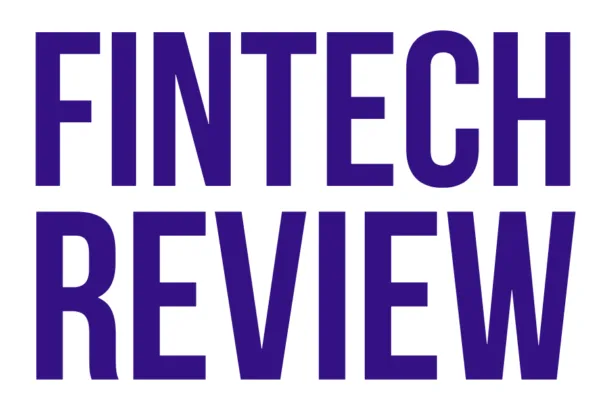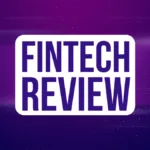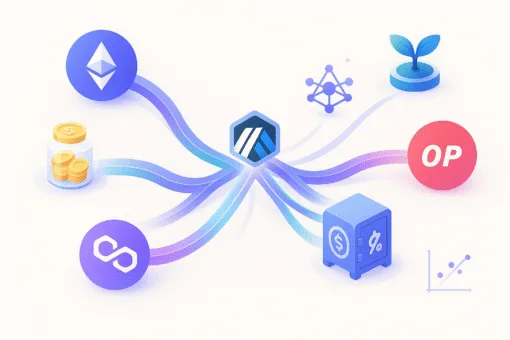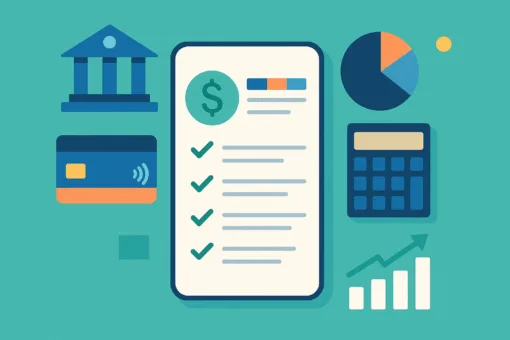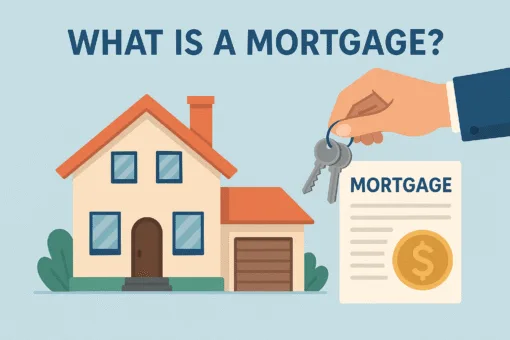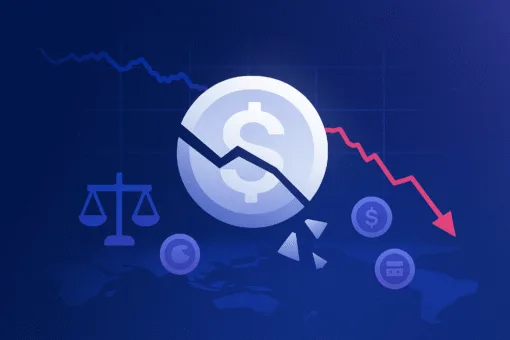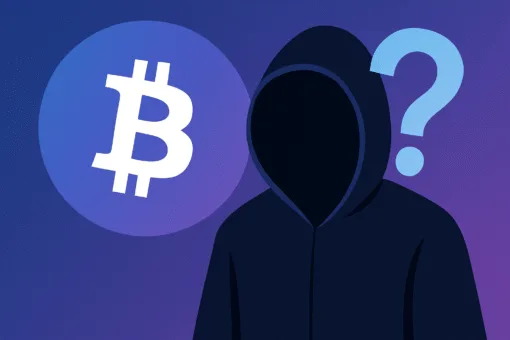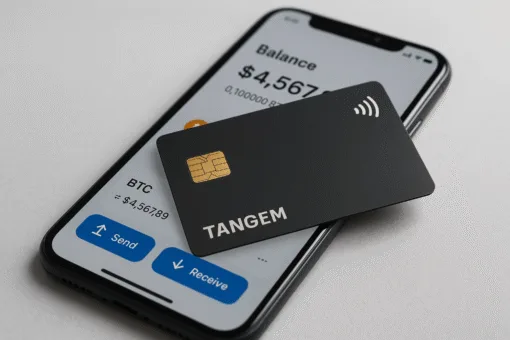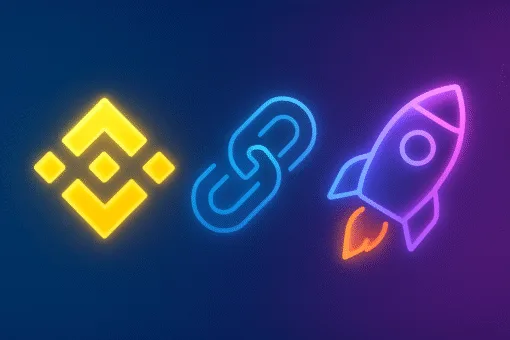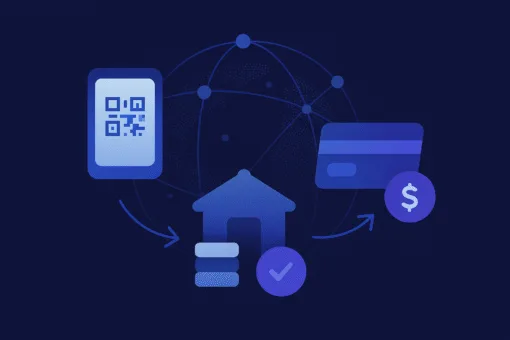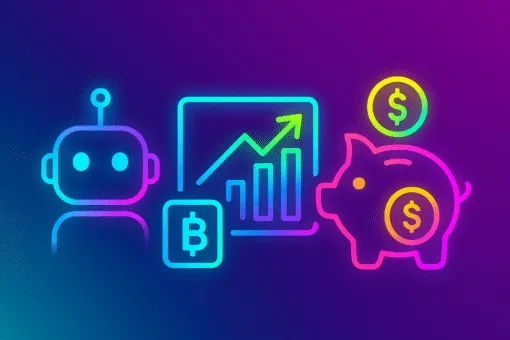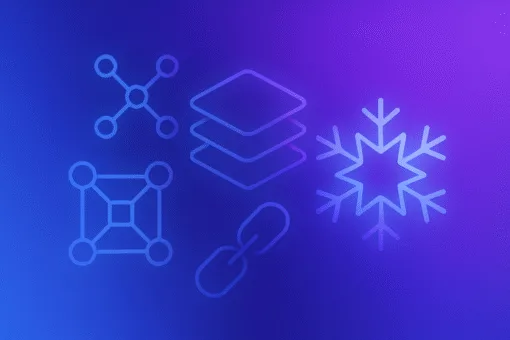Guest post by Vitaly Kuprenko, technical writer at Cleveroad, a web and mobile app development company in Ukraine. He enjoys writing about tech innovations and digital ways to boost businesses.
Financial technologies are an up-and-coming field. Statistics show that the fintech market is forecasted to pass $325 billion by 2030.
Fintech is in demand nowadays since it offers an efficient, quick, and easy approach to financial management, making familiar payments, banking, and income operating obsolete. As a result, accountants and business owners widely apply fintech benefits to handle finances.
This article will describe the fintech concept, its types, essential features, and the development stages. Let’s start!
Types of FinTech Apps
As it was mentioned before, fintech stands for financial technology, which is aimed at automating, optimizing, and streamlining ordinary financial settlement processes. For this, blockchain and banking services are involved. Current progress in this niche adapts it to the needs of customers.
Here are types and the most successful examples of fintech in apps:
Insurance apps
Such applications provide various benefits, such as efficient claims processing, policy administration, and decreasing the possibility of fraud. What’s more, it can be both a complete CRM or an elementary website.
Primary features for insurance applications are payment processing, file a claim, quotes, policies details, and the opportunity to find policies by certain parameters.
You can see the successful illustrations of insurance apps below:
- Geico Mobile. This app’s unique features include policies accessible by ID cards and an immediately responding virtual assistant, which provides information about the policy coverage and billing, a parking locator, and booking beforehand.
- Lemonade. It’s a solution that accesses policies to flat owners and renters. The outstanding feature is that the profit left after the maximum fixed fee required for business purposes is donated to charity organizations annually.
Investment apps
For those interested in making savings, such apps are quite useful due to the following advantages: users can analyze financial assets, make investments, and increase their productivity.
Integral features of such apps are users’ nest eggs, currency, credit operating, product comparison, real-time alerts, and client support.
Let’s observe real illustrations of prosperous investment projects:
- Robinhood. It’s a trading service that offers two-clicks easy access to the stock page, easy trading beginning with receiving the first $1000 of any finance pledged into the account, and news sources to keep you up with the recent doings.
- Wealthbase. It’s a successful example of the stock market game, which is a social investing service. It also displays the stocks of people you follow.
Banking apps
The aim of such apps is to conduct financial operations and manage banking accounts only using a phone. Banks develop applications to deliver an excellent user experience and promotion.
To start a prosperous project, you may apply to various payment services like Google/Apple Pay or PayPal.
Great examples of banking apps are the following:
- Starling Bank. This app offers to open an account with no documents or fees required, manipulate overdrafts, savings, manage a budget, and transactions to bank accounts in 38 countries securely.
- Monese. A solution for those who moved to the UK. The account can be created regardless of your current location, in case you are in Europe or the UK. It also doesn’t require a UK address, credit history, and stable revenue.
Regtech apps
Regulation technology settles regulatory requirement issues and tracking data like risks, regulatory changes, transactions, decreases nonobservance alerts and assembles reports.
Risk assessment and management and offense detection are primary features to implement in the regtech app.
Let’s now consider some examples:
- 6 clicks. This system allows risks and financial law violation defining, provides analysis to stakeholders concerning the lifecycle risk management.
- PassFort. It’s an application that verifies if the KYC (Know Your Customer) and AML (Anti-Money Laundering) regulations are followed. With the help of this solution, you are able to convert CLM (Closed-Loop Marketing) actions to digital automated onboarding objectives.
Lending apps
Such applications speed up the deal between the borrower and the creditor. A variety of conveniences provided by lending apps are widely used by independent digital lenders and conventional financial establishments.
Here are efficient instances of lending applications:
- Earnin. An advanced application, which offers beneficial fees. Besides, they are fixed, which is extremely attractive for customers.
- PaySane. This system allows short-term borrowing of loans to income within 5 hours after sending the request. Advantageous EMIs and interest rates are also highly appealing to the audience. A low credit rating is not an obstacle for this system.
Consumer finance
This type of app is developed to project and calculate further expenses, save and operate the finances, and not surmount the expected spending bounds.
Users should be able to monitor their outgoings and bills, set aims, receive investment analysis, filter payments, and be notified in case of fraudulent actions attempts.
Let’s consider bright examples of such products:
- Mint. It enables controlling and observing financial proceedings by linking chosen payment services among multiple ones.
- Money Patrol. Like the previous one, this system also allows managing transactions, savings and, thus, manipulating your income wisely. What’s more, you won’t receive any penalties in case of late payment and will be aware of all the hacking attempts.
Primary FinTech App Requirements
Let’s discuss the peculiarities of fintech app creation to make your startup useful and beneficial.
Safety
Credibility attracts users, so high security is a primary thing to consider.
This feature list will raise the protection of your product:
- Two-factor authentication
- Biometric security
- Registration via the phone number
- Dynamic CVV2 codes
To ensure security, you should test if it is possible to break in. Therefore, you’ll detect the app’s weak spots and improve them. It is also extremely important to support and keep your software up-to-date by updating its security system regularly.
FinTech solutions will require you to stick to PCI-DSS, PSD2, FCA regulations, and privacy acts, such as CCPA, GDPR, or PIA.
Integrations
APIs broaden the functionality of any software, which is great for fintech as well. They allow applying third-party services to an app.
An efficient provider to consider is the Plaid API, which links platforms to bank accounts. All the common financial operations are also available. The balances, accounts, and transactions may be managed as well.
Moreover, online shopping is extremely convenient when applying such APIs. Several payment methods will make your solution more universal and easy to use.
Brevity
The design of the fintech app should be intuitive and laconic. It also should comprise vital instruments like implemented analytics of collected financial data.
Such analysing systems provide statistics that users can track to recover their profit.
Here’s a successful example of the fintech interface with all the key features implemented (track transactions, select currencies, and switch cards):
Support
Outer private data of consumers sometimes makes it complicated to serve the consumers and help them to cope with their issues. Support center employees should know how to follow all the requirements for keeping data confidential.
Another solution to implement is a chatbot. Such virtual assistants respond immediately and are constantly available to provide clients with all the required information. As a result, consultant involvement will be needed only for difficult uncommon situations.
Steps to Develop a FinTech App
The development flow of such an app requires high tech competence. Let’s observe the step-by-step creation to simplify the understanding of such a complex process.
Define your niche
Your further directions fully depend on the chosen field. To start with, you should research the market and target audience. The second step is selecting among two options: develop the brand-new product from scratch or refine the existing one ( for instance, update with social networks integration).
To customize sophisticated, potent, and promising software adapted to your business goals, you should go for the first option.
Now let’s solve the law questions.
Settle the compliance
KYC, AML, and other financial security regulations were set to track compliance. Privacy acts like CCPA, GDPR, LGPD, and PIA should also be considered to guarantee the safety and bounded accessibility to users’ data. The region of your target audience has certain laws which your app will have to stick to.
Come up with features
Basic functionality depends on the app type and requirements of your consumers. You can implement readymade solutions to your startup and update them to make an app competitive and original.
Significant features to include are the following:
- Safe sign-in (voice and face recognition identification, fingerprint authentication)
- Adjustable notifications
- Savings observing
- Primary financial transactions like transfer, digital payments, balance checking, mobile depositing
- Card number and QR code scanning
- Virtual assistant and AI-powered chatbots
- Cashback
Select a partner
You may gather and manage an in-house team yourself, which is quite costly and requires a heap of responsibilities and extra expenditures. Or you may outsource your project, which is a more cost-effective option offering high-performance and creative solutions.
The startup scale, platforms, functionality, and purposes define the app developers for hire and other essential teammates. Single-platform development will require only iOS or Android engineers, whereas Flutter developers can create cross-platform apps. Obviously, the second option will require a little more time and money but will embrace the users of both software systems.
Here are the essential teammates for a fintech app development:
- Back-end developer
- Front-end developer
- Business analyst
- Project manager
- Designer
- QA specialist
Pay attention to rates, reviews, portfolio, and hourly rates of software vendors. You can also contact prior clients and discuss how was their cooperation experience.
Create a superb UI/UX design
As it was previously mentioned, to come in handy for a broader audience, you should come up with a pleasant visual concept. For this, keep the interface simple, understandable, and laconic for smooth and convenient usage.
Also, it would be useful to provide an autofill of saved payment details to simplify the transaction processes.
Create an MVP
MVP development is a great way to check how the product operates during actual usage. It comprises the version with all the essential features, the quantity of which is just enough to use an app. First, consumers of your product will provide you with feedback for further app enhancement.
Test the product
To release a platform with seamless and smooth performance, you should conduct end-to-end testing after creating an MVP version. Thus, all the bugs and failures are detected and fixed before releasing the application.
Wrapping Up
Fintech applications may serve as a brilliant startup idea or advance an existing business. Your product will gain a broad audience by providing a unique solution based on the customers’ needs and pains. For this, you should apply to a top-notch software development vendor who will realize all your ideas into a wholesome, successful digital solution.
